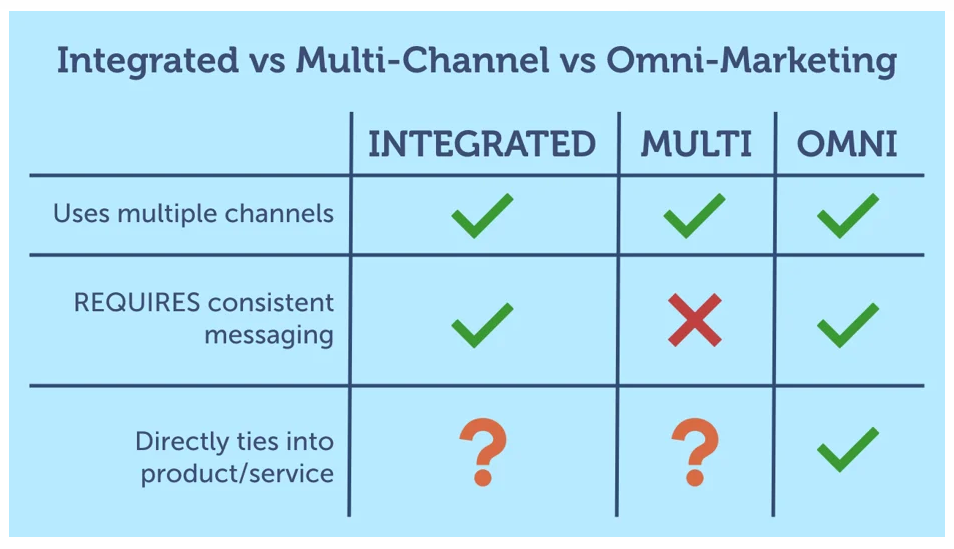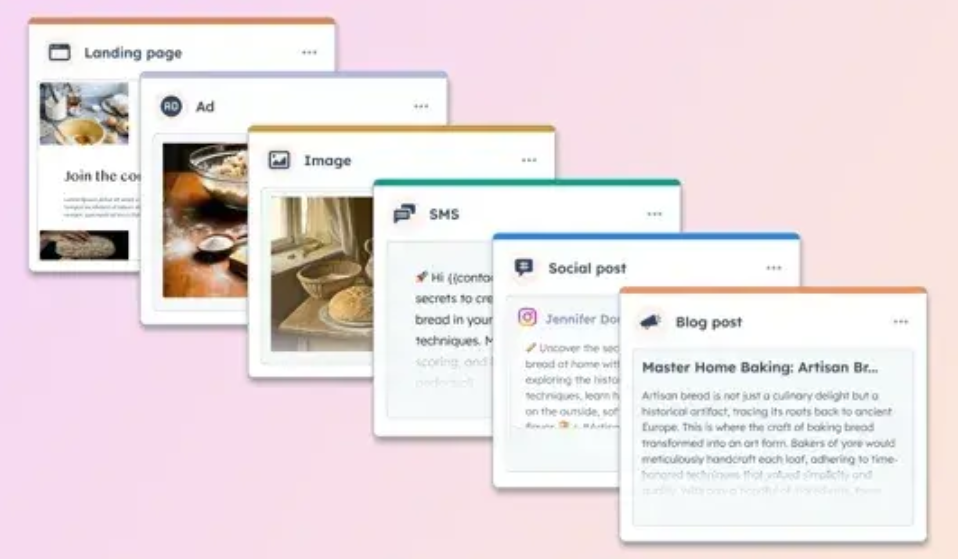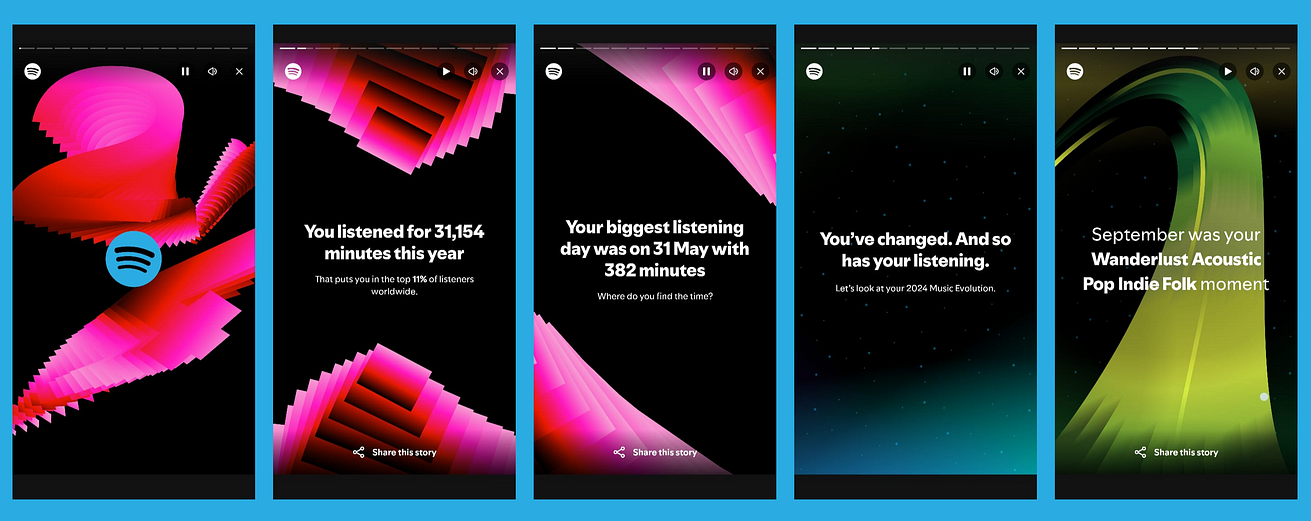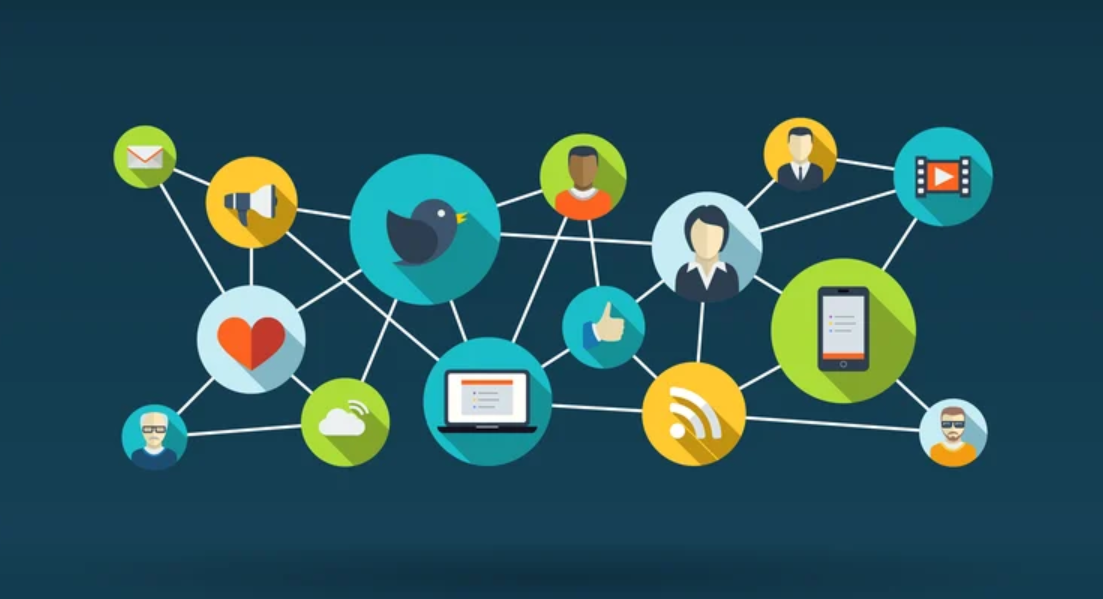Today, there are endless options on how marketers and brands can reach their target audiences. However, launching multiple campaigns across different platforms is not enough to resonate with customers. Without a proper strategy, that approach could end up wasting your valuable resources and time. Instead of trying to be a jack of all trades, your business can greatly benefit from a user-centric approach, referred to as integrated marketing.
This marketing approach allows you to target your efforts towards your customers’ needs at every stage in their customer journey. It is not only about prioritizing unified messaging across all your platforms. Integrated marketing emphasizes prioritizing the building of ongoing relationships with your customers by directly addressing their goals.
The following article will define integrated marketing, its importance and offer practical strategies to enable you present a cohesive and consistent brand experience.
What is Integrated Marketing?
Formerly known as integrated marketing communications (IMC), integrated marketing is a strategy aimed at aligning brand messages at all customer touch points. It prioritizes an external focus on customer needs, instead of an internal focus on sales goals. Besides the messaging, integrated marketing also emphasizes that all your branding efforts online and on TV, radio, print and in-person are presented in a similar style that reinstates the ultimate message.
The concept of integrated marketing predates the commercial internet. The wealth of customer data available today allows you to take an integrated marketing approach a step further. You can now customize your message to the individual needs and pain points of a customer as they go through the marketing funnel.
Using both first-party and third-party data that reveal customer insights such as online demographics, displayed intent and behavior can enable you to deliver relevant and resonant messaging to every customer.
Integrated marketing vs multichannel marketing
Most people usually confuse integrated marketing with multichannel marketing. However, multichannel marketing is an approach that uses multiple marketing platforms such as websites, social media, emails and live activations. On the other hand, integrated marketing seeks to unify your messaging across those marketing platforms.

The Benefits of Integrated Marketing
Integrated marketing campaigns can achieve different goals including building brand awareness or converting view into followers. Nonetheless, they should have one component in common; to align your marketing platforms to present a unified marketing front. Here’s why integrated marketing campaigns are more impactful.
- Ability to reach a wider audience
- Increased visibility since the campaigns are likely to be seen on various platforms.
- Builds trust and brand loyalty because customers see consistent messaging on multiple channels
- Cost effective marketing approach since you can share assets like content on diverse platforms.
Steps to Building an Integrated Marketing Campaign
Here’s a definitive guide to creating impactful integrated marketing campaigns in 2025 and beyond.
Create a clear campaign goal
Just like with other marketing endeavors, you must have a clear goal to direct your campaign efforts toward. Examples of goals may include increasing engagement or generating new leads. Remember to make the goal SMART to help you stay focused, track campaign success and learn how to make improvements.
It is advisable to create goals that relate to key performance indicators (KPIs) and their subsequent metrics as shown below.
| KPI | RELATED METRICS |
| Traffic / reach | Unique page views by channel and source |
| Engagement | Bounce rate; average time on page |
| Top (and failing) content | Top page views; top exists |
| Impact | Click-throughs; conversions; backlinks |
| Sentiment | Comments; social shares |
| Lead generation | Total leads; total sessions; session to lead conversion rate |
| Sales | Lead to marketing qualified lead (MQL); MQL to sales qualifies lead (SQL); customer purchase/ closed-won business |
Choose your marketing channels
Once you have a clear understanding of the goals of your integrated marketing campaign, you can get a better idea of the specific channels that can help you achieve it. For instance, of you are looking to roll out a new logo and branding suite, radio ads would not be a good pick.
On the other hand, radio ads, TV ads, billboard ads and other local channels would be great if you are looking to expand your audience to target new cities or geographic regions. Nonetheless, there are key marketing channels that can be effective in distributing your campaign content including;
- Advertising (both print and PPC)
- Social media / social commerce
- Direct marketing
- Personal selling
- Email marketing
- Sales promotions
- Digital marketing
- Events and sponsorships
Your integrated marketing campaign should include a variety of marketing channels to reach the widest audience and drive home your message.
Define the personas of your buyers
Every integrated marketing channel targets a specific buyer persona. That is why instead of defining a broad persona for your campaign, you should define your audience based on channel. You need to understand exactly who you are talking to on every medium and how to tailor those specific assets to attract maximum impact.
You may be targeting a specific audience with some campaigns. If that is the case then, you should start by defining your buyers’ personas before deciding on the channels to use in reaching them.
Defining the personas of your buyers is to enable you understand their use cases and language. A voice of the customer research can help you to do that through surveys, social listening and focus groups.
Develop a customer journey map
Based on the target audience research that you have conducted, determine the appropriate messaging for every stage of the marketing funnel, with a customer journey map. Try to answer the following questions at every stage of the customer journey including awareness, consideration and conversion;
- What is the customer asking?
- How is the customer asking?
- What does the customer need?
- What type of content can we create to meet the customer’s needs?
The voice of the customer data should answer the first question that seeks to find out what the customer is asking. Matching the customer questions to the words and phrases they might use while searching for answers to their questions online can help you determine how the customer is asking.
Create adaptable marketing assets and messaging
After defining your campaign goal, target audience and marketing channels, you should move on to create your integrated marketing campaign content. This is where copywriting, graphic design and other creative procedures come into play. One of the most important elements to keep in mind at this stage is adaptability.
You should be able to repurpose content for use on various channels to keep your campaign consistent. For example, your integrated marketing campaign focuses on the launch of a new 3-minute brand video. You could repurpose the video into the following;
- 30-second and one-minute ‘trailer’ videos or short-form videos
- Still images
- Quotes
- Hashtags
- GIFS
- Blog posts

Remember to create brand guidelines for every integrated marketing campaign to share with your team. The guidelines could cover areas such as;
- Visual guidelines (logo, color pallete, typography)
- Any developed and repurposed content in different file formats
- Voice and tone guidelines (preferred language, words to avoid, taglines)
- Messaging guidelines (pain points, types of content, goals, resources)
- Buyer persona information and guidelines
Launch and measure your campaign
Now that you have the ideal integrated marketing campaign, go ahead and launch it to the masses. Then, start tracking its effectiveness every week, month or quarterly to see how successful it is at achieving your goal.
Informed awareness is the best way to measure the effectiveness of an integrated marketing campaign. You can track informed awareness by conducting regular, statistically significant survey of non-conversions from your advertising efforts in the education stage.
The pool should be structured with three unique statements. The first one should be about your company, second one about a competitor and the last one about a company with the same name as yours. The goal is to have the participant match one statement to the name of your company.
You can also measure campaign performance through tracking actions that signal potential buyers have moved from one stage of the customer journey to the next. For example, an email opt-in suggests a move from the awareness state to the consideration stage. It means a potential customer has enough interest in your brand that they want to receive more information.
Tracking the percentage of users who move between stages helps you identify opportunities. For instance, if a high percentage of users opt in to email but, fail to convert, you could add testimonials to your marketing emails. That could encourage email subscribers to move to the next phase of the customer journey and actually purchase your product.
Integrated Marketing Strategies and Best Practices
There are essential strategies and best practices to keep in mind when creating an integrated marketing campaign. The following apply regardless of your channels, chosen media and goals.
Align behind the scenes
Implementing an integrated marketing campaign successfully requires that you choose marketing channel managers and have them communicate about the projects and campaigns often. Although not every integrated marketing campaign must be on all channels, they should at least complement each other to prevent a fragmented brand experience.
Consider channel transition
Integrated marketing campaigns attract traffic from multiple sources. You should consider how visitors may experience or view every marketing channel. Here are the key areas to focus on;
- If this was the customer’s first visit
- If the customer transitioned from another channel
Think about how every channel can help others to convert into loyal customers. For example, say a customer saw your brand’s billboard on their way to work and, upon arrival, they visited the website on the billboard.
Image if the customer could not easily find whatever was marketed on your billboard on the company website. That would be confusing and the customer would likely drop off immediately.
Embrace the overlap between your campaigns
Integrated marketing exists to do away with the silos of conventional marketing and create a cohesive campaign experience. That is why you should not overlook the places where your campaign overlaps.
Check the following places to ensure consistency across campaigns;
- Your email signature to find places where you can insert your social media handles, video links and website URL
- Your social media profile bios and posts to see where you can include links to your website, blog posts, content offers and other digital content.
- Your website and blog where you can incorporate social sharing buttons
- Your landing pages where you can optimize for relevant keywords and SEO
Examples of Effective Integrated Marketing Campaigns
Here are examples of well-executed integrated marketing campaigns for inspiration in creating your own.
Coca-Cola and Oreo collab
Limited edition products and collaborations are common marketing strategies. Unlike past collaborations where you could expect a soda-inspired cookie or a cookie-inspired soda, Oreo Coke collab had both and they were advertised on every possible channel. Both the two companies’ websites and social media platforms promote the limited edition items.
Spotify ‘wrapped’’ campaign
The most impactful marketing campaigns need very little to no advertising because your customers love them so much they do the marketing for you. That is the case with Spotify’s annual ‘’wrapped’’ campaign. It shows listeners their top artists, songs, listening time and more insights on the app’s front page, thereby enhancing the entire user experience. Spotify has mastered the art of integrated marketing with this campaign, adding new features and optimizations yearly while maintaining consistent messaging across its channels.

In today’s omnichannel world, integrated marketing is more important than ever to capture new customers and build brand recognition and loyalty. This guide has outlined practical steps, strategies and best practices to enable you launch your own campaign successfully.

